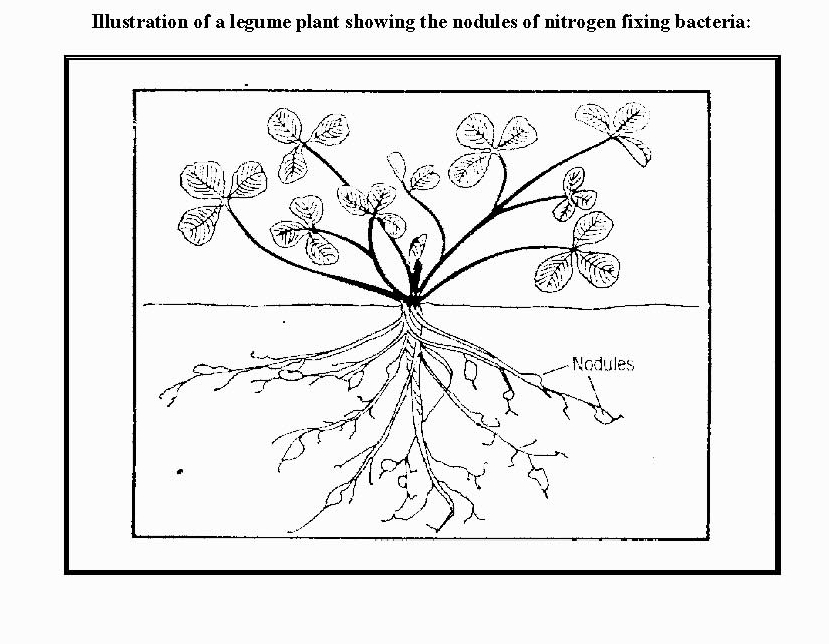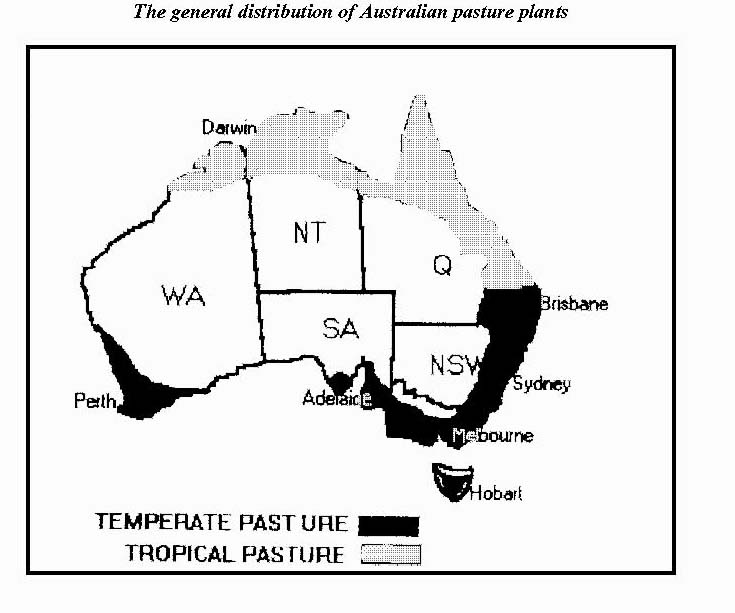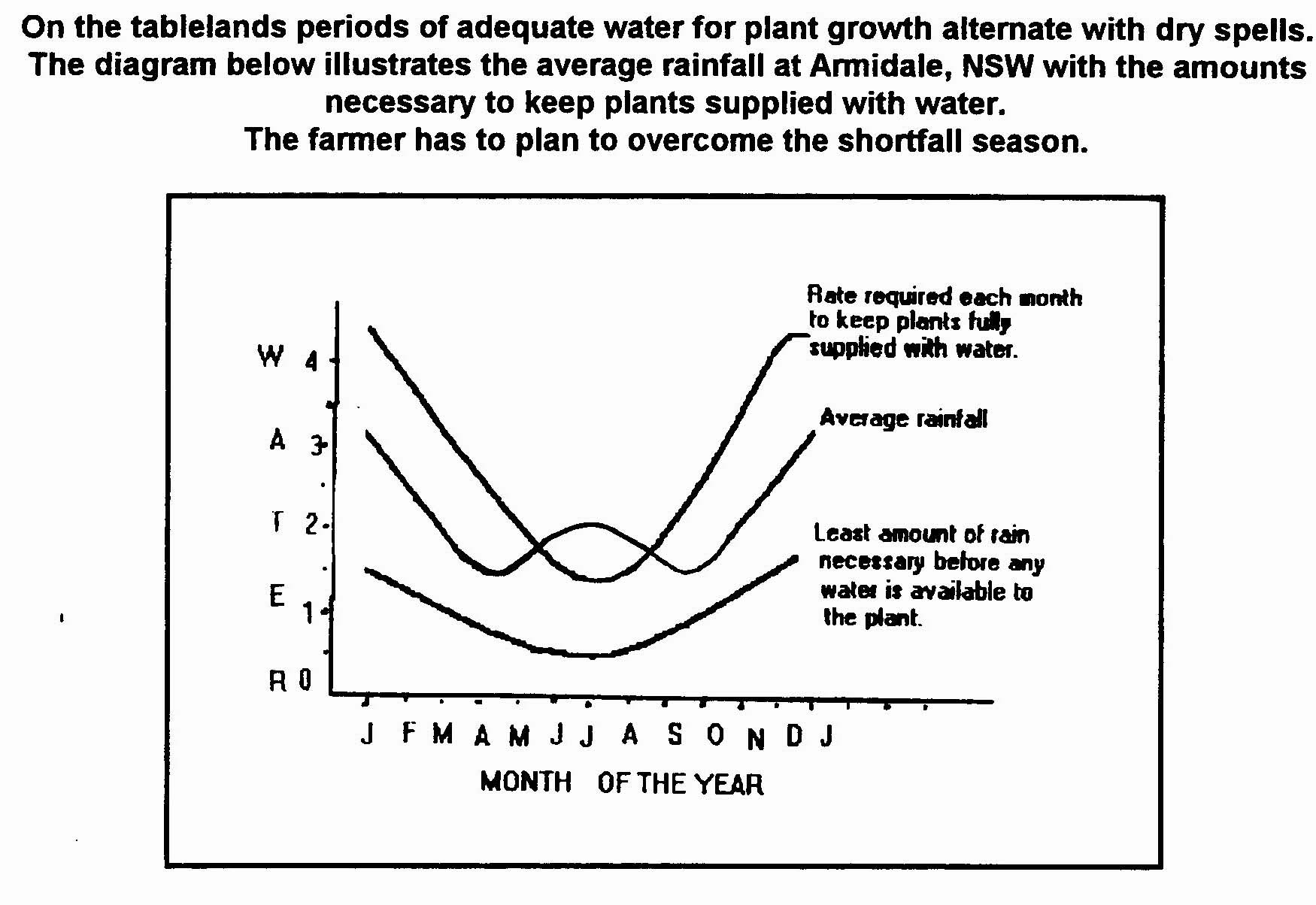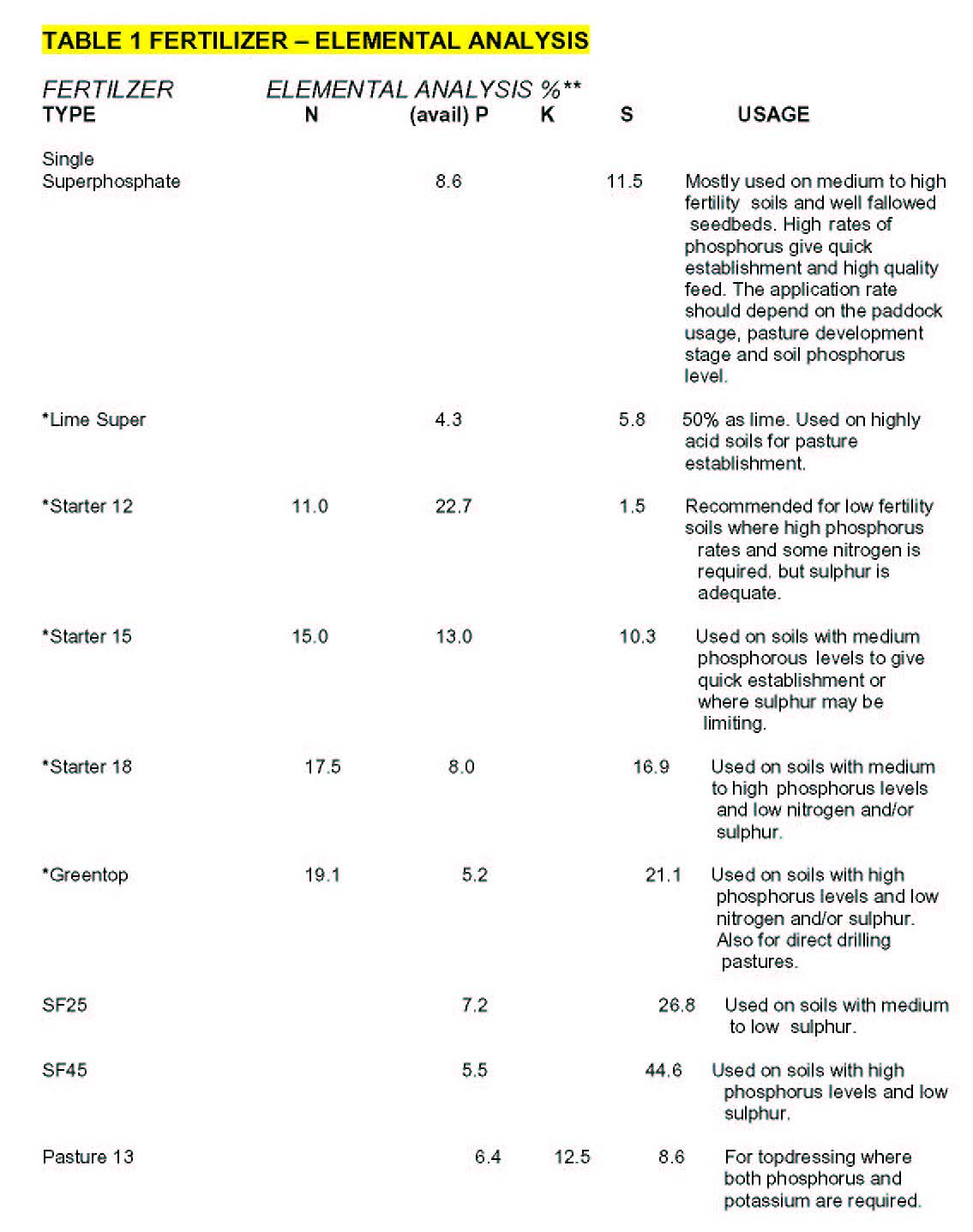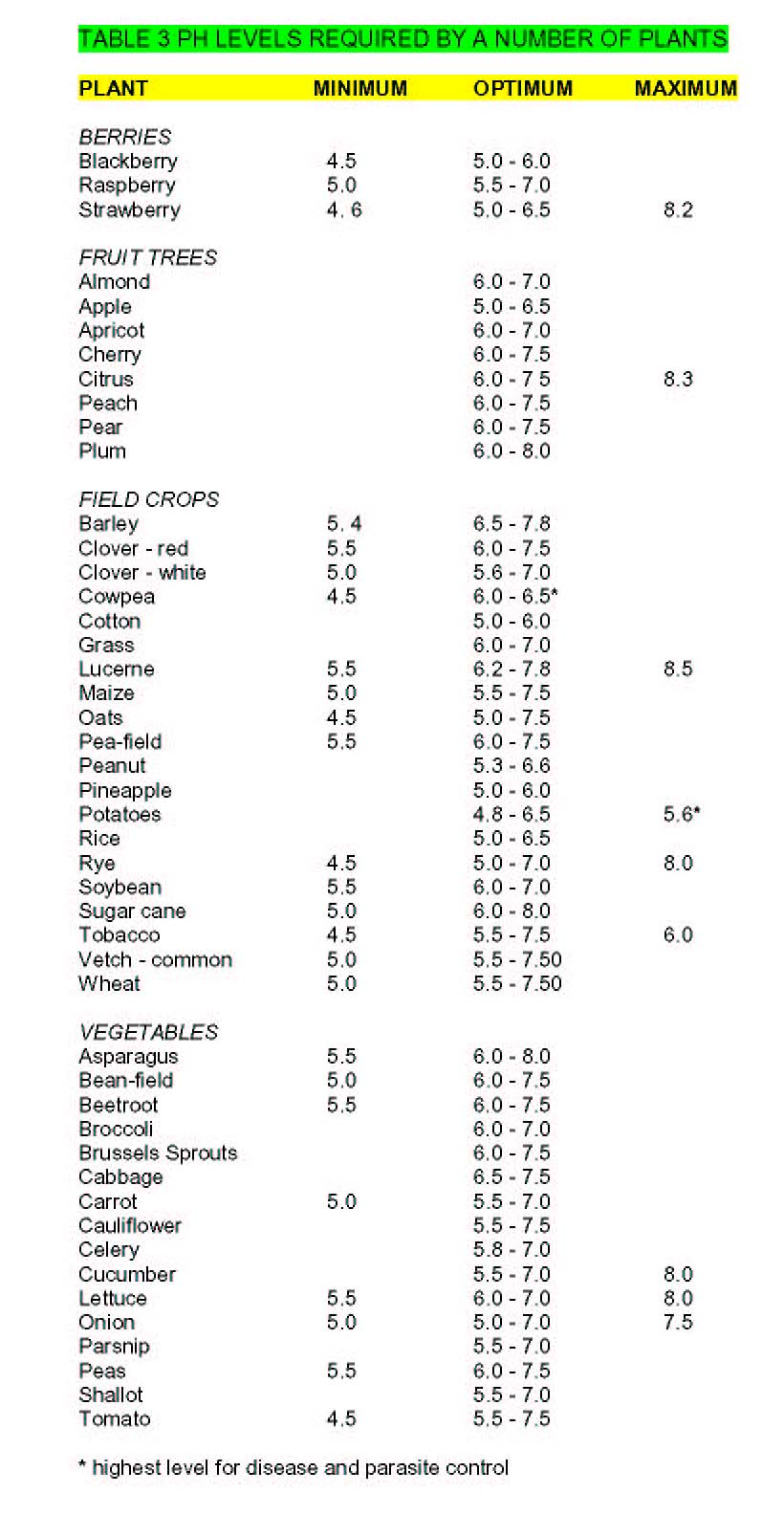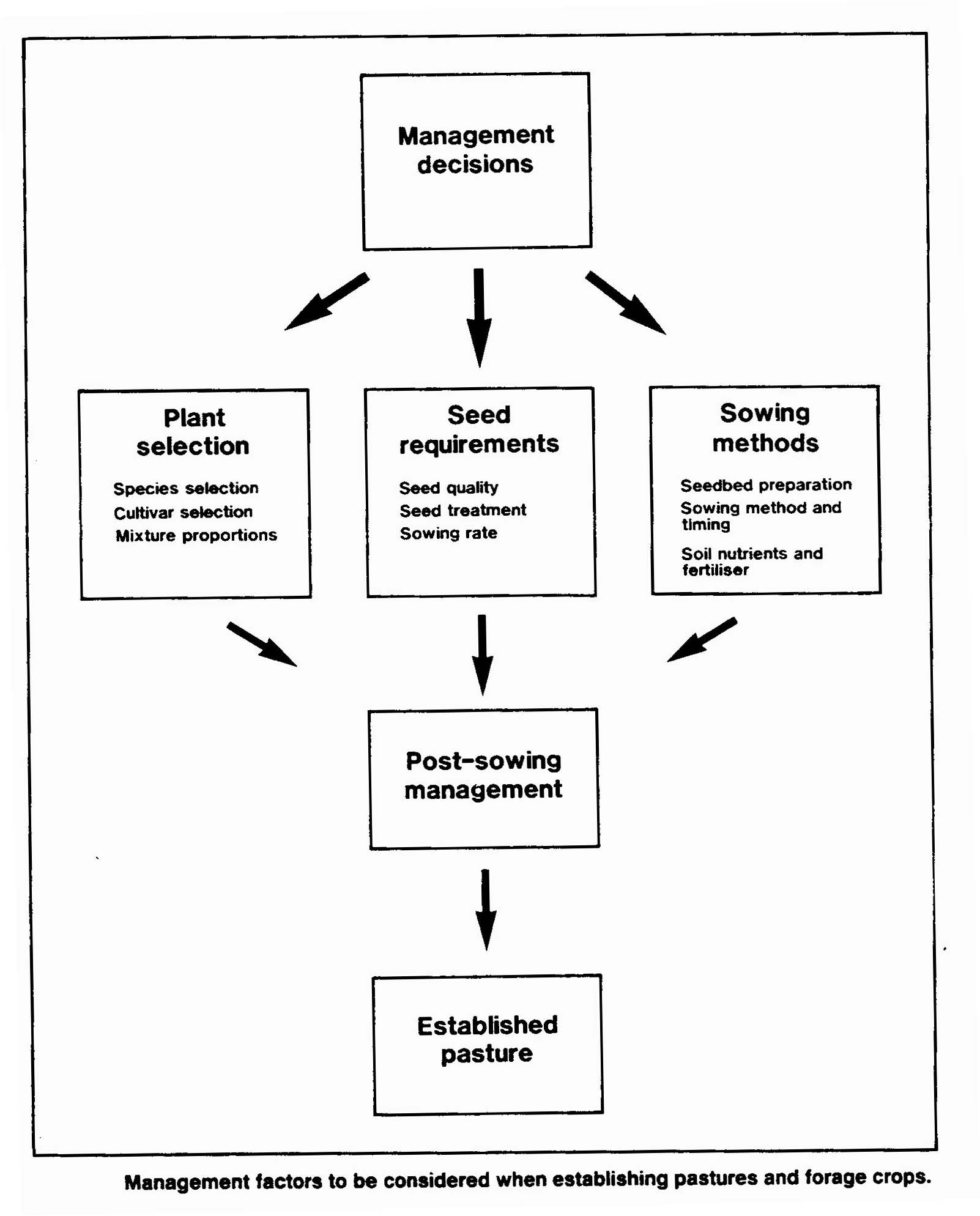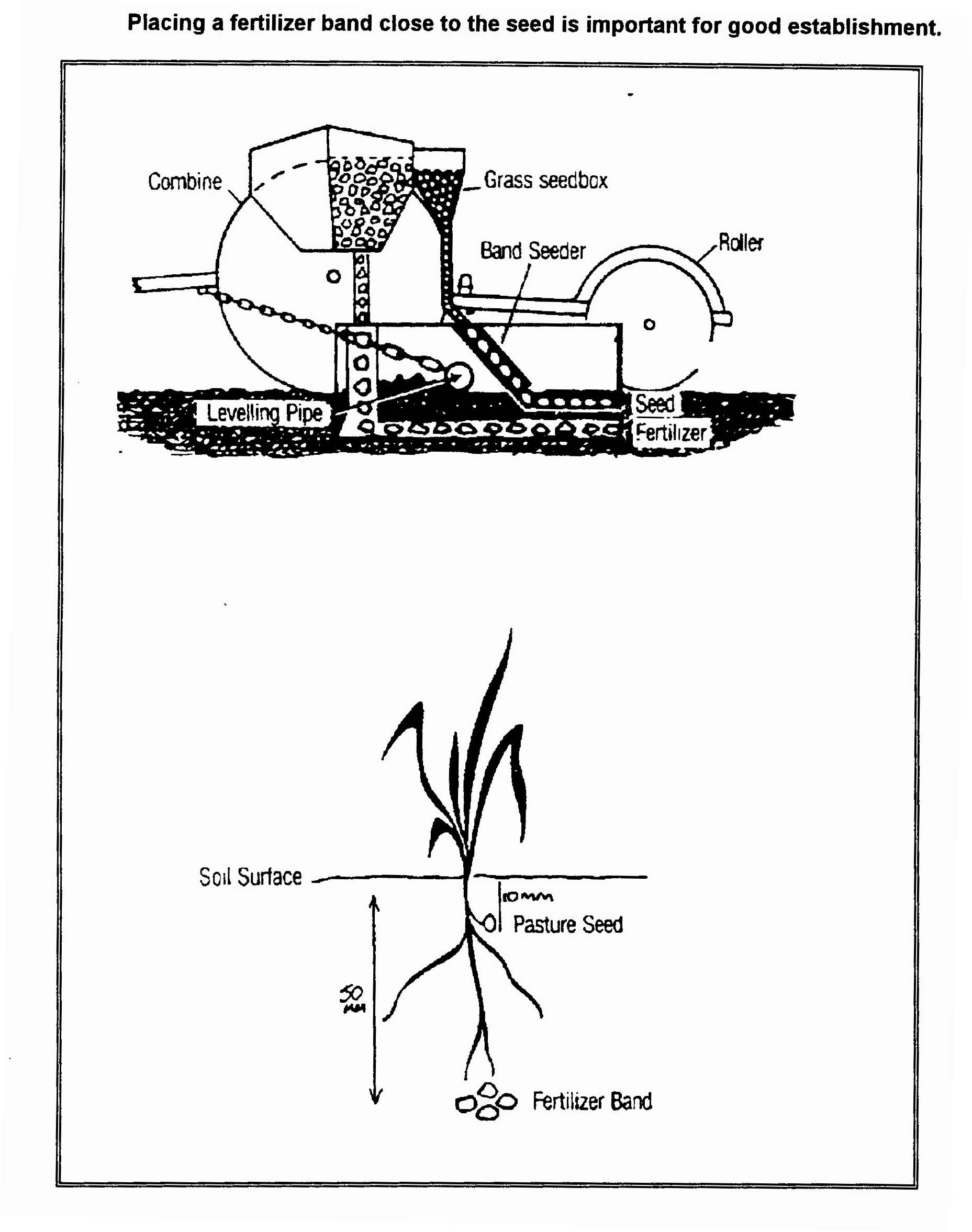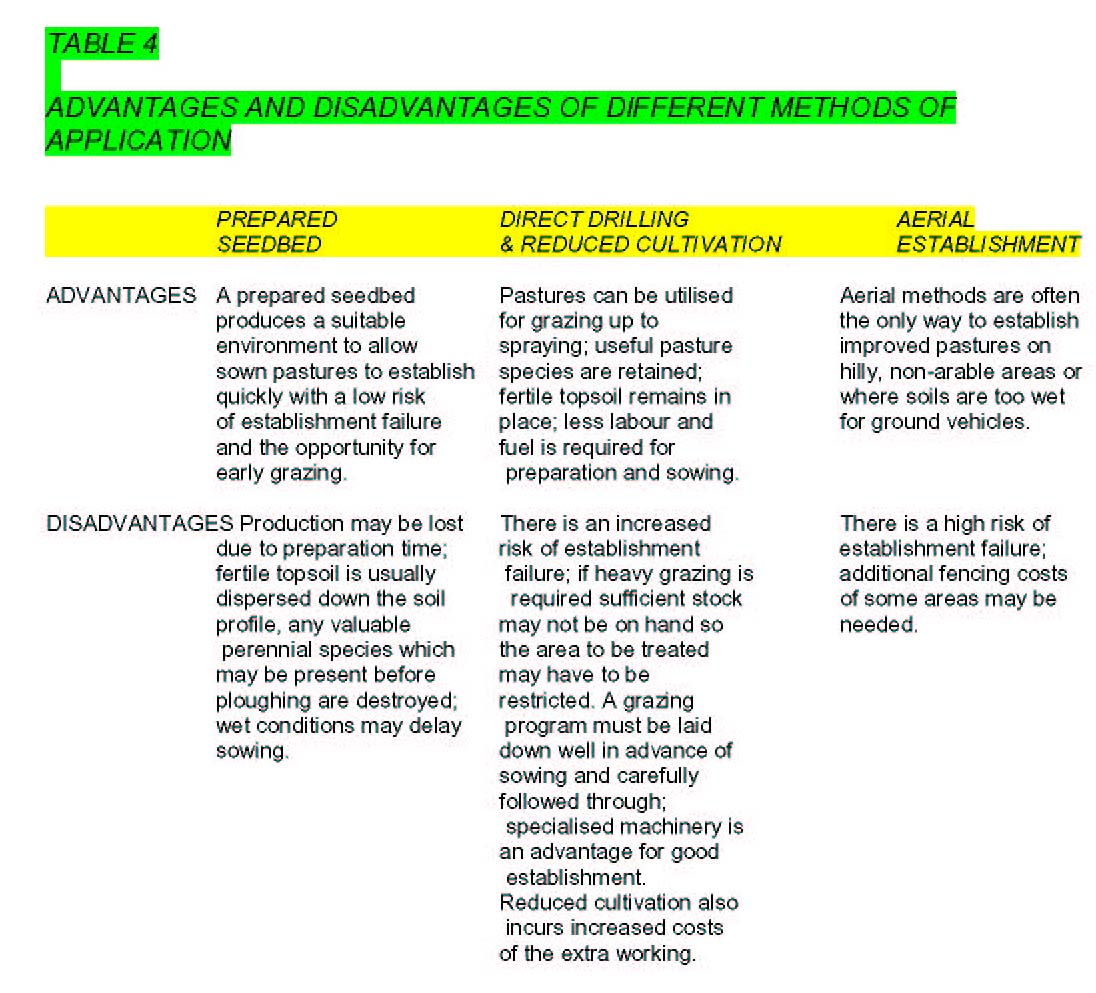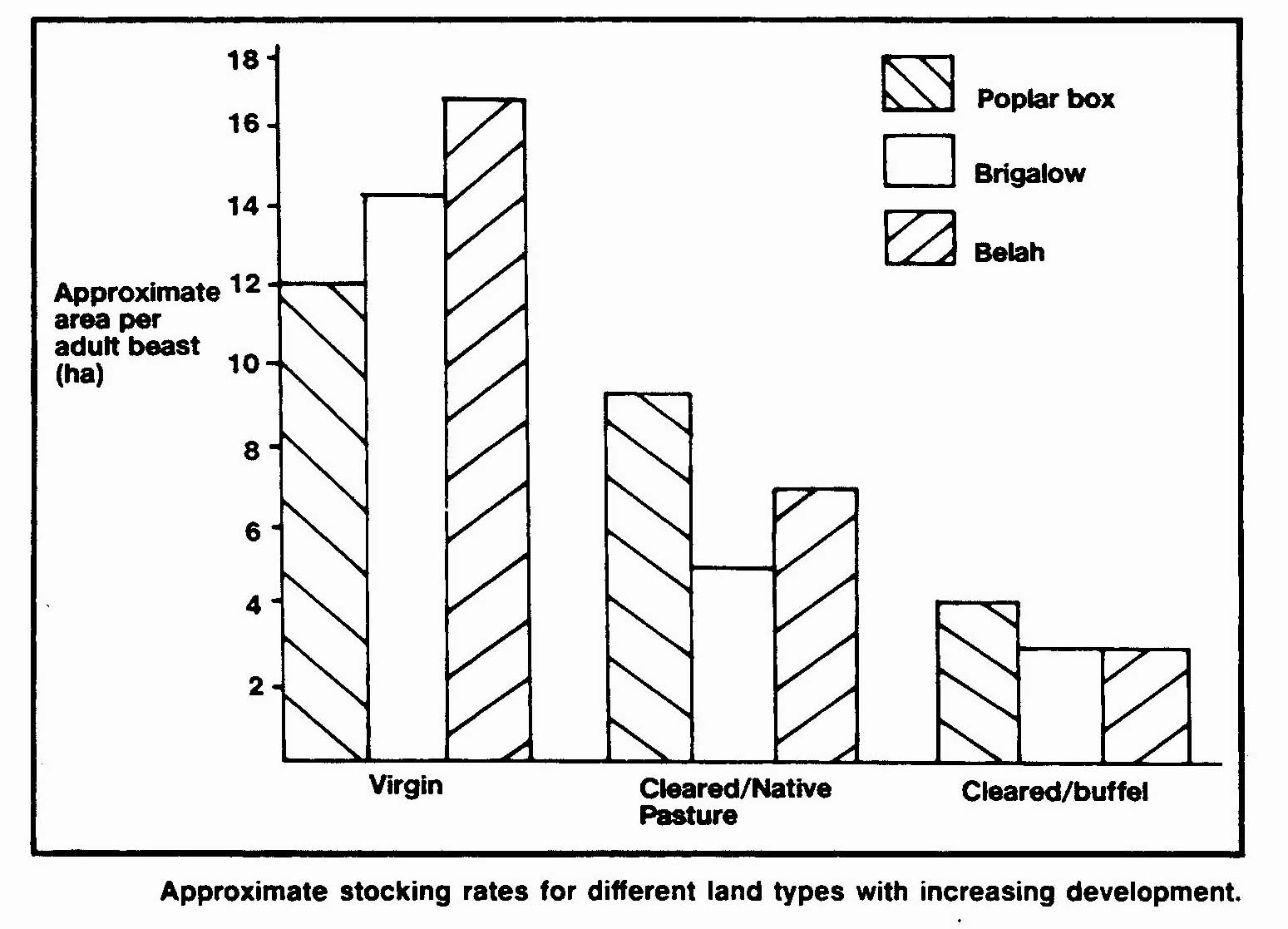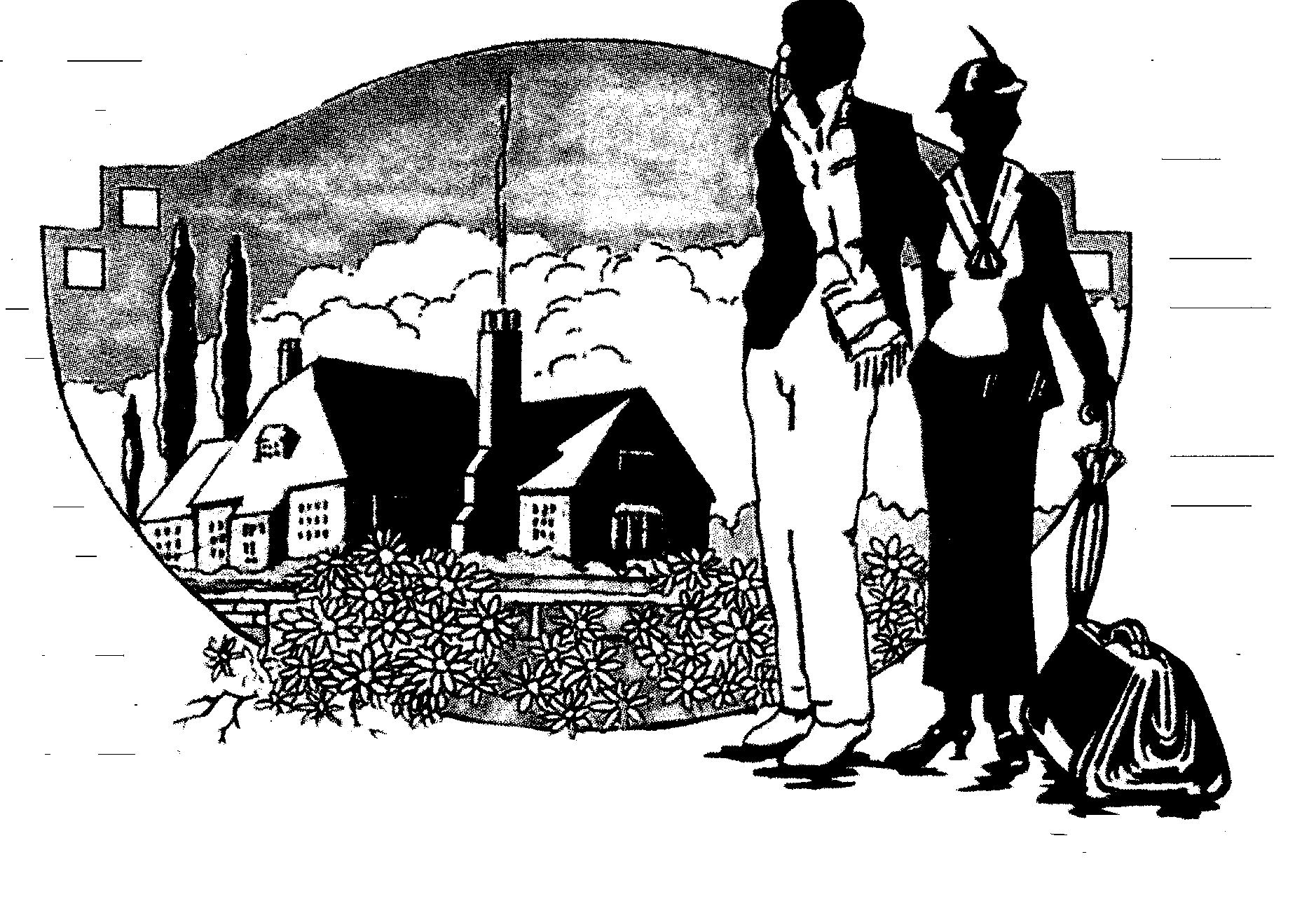 Centre of advanced
valuation and real estate practice
Centre of advanced
valuation and real estate practice
PASTURE
IMPROVEMENT
Pastures
are either native or improved, and provide grazing animals with
nutrition. Winter time is the most critical period for pasture
because even where the rainfall is adequate, low temperatures will
slow pasture growth. Depending on the stocking rates, winter fodder
crops such as wheat, oats, and barley are also part of the pasture
system.
Farmers
are conscious of the "feed year" concept and whether their
approach is scientific or not, an estimate of carrying capacity has
to be made for the various seasons of the year. For example, the
maximum demand for fodder supply for calves occurs after they are
about 6 weeks old. Feeding cattle on stored fodder should be avoided
wherever possible, because it is necessary at that time of year when
feed demands are high and so therefore, is the cost. At certain
periods of the year there may be adequate supplies of dry grass but a
deficiency of protein. In this situation it is feasible to supply
molasses and urea mixtures.
PASTURE
TYPES
A
large variety of pasture types are grown but only in northern NSW are
some of the tropical legumes such as desmodium found. Lucerne,
red clover, white clover, and subterranean clover
are widely used. A large variety of grasses are available, the
choice depending on the suitability of the plant to soil, climate
conditions, and the need to provide feed throughout the year. Buffel
grass, kikuyu, paspalum, phalaris, rye grass, and cocksfoot
are found in the major grazing areas.
DIAGRAM
1 ILLUSTRATION OF A LEGUME PLANT SHOWING THE NODULES OF NITROGEN
FIXING BACTERIA.
To
provide a greater amount of feed during winter; wheat, oats, barley,
turnips or rape may be grown. Summer fodder crops are found in
northern NSW and usually one of the forage sorghums is grown. Beef
cattle farmers expect in drought time or even during normal winters
to supplement slow pasture growth with lucerne hay, pasture hay,
cereal hay, silage, and grain oats in storage.
PASTURE
SPECIES
The
farmer has to consider the suitability of pasture species for the
subject area as no one plant makes a satisfactory all year pasture.
Pasture grasses use nitrogen from the soil whereas legumes replenish
soil nitrogen. Therefore, the farmer has to consider pasture mixes
and probably a combination of paddocks with some with a predominance
of summer growing pasture plants and some with a predominance of
winter growing pasture plants and still other paddocks for summer or
winter growing fodder crops. For Australia, a generalized overview of
the most common pasture plants are as follows:
1.
TROPICAL PASTURE PLANTS
*
Townsville lucerne - stylosanthes sundaica
*
Phasey bean
*
Paspalum - paspalum dilatatum
*
Buffel grass - cenchras ciliaris
2.
TEMPERATE PASTURE PLANTS
*
Subterranean clover - trifolium subterranean
*
Lucerne - medicago sativa (alfalfa)
*
Perennial ryegrass - lolium perenne
*
Cocksfoot - dactylis glomerata
DIAGRAM
2 A
GENERAL
DISTRIBUTION OF AUSTRALIAN PASTURE PLANTS
See
pasture improvement in NSW
TEMPERATE
PASTURE SPECIES
The
following are general comments on the important characteristics and
adaptation of the main species of temperate pasture species:
MAJOR
LEGUMES
ANNUAL
MEDICS
Annual
medics are winter growing legumes which regenerate each year from
seed. They are best suited to the neutral to alkaline soils and in
NSW are limited to the lower rainfall areas of the wheatbelt and
westwards. The most useful species is generally regarded as being
BARREL MEDIC (medicago truncatula). SNAIL MEDIC (m
scutellata) has high insect resistance but is generally less
persistent than barrel medic. There are several naturalised species
including BURR MEDIC (m polymorpha), WOOLLY BURR
MEDIC (m minima), CUTLEAF MEDIC (m iaciniata)
and SPOTTED BURR MEDIC (m arabica) that are also useful
in some situations.
CLOVERS
SUBTERRANEAN
CLOVER (trifolium subterranean):
A
winter growing annual suited to acid to neutral soils which is the
basic component of pastures in southern and central NSW. In the
northern half of the State, rainfall requirements for each variety
need to be increased by 50mm. All varieties of sub clover recommended
in NSW are low in formonotin, the plant oestrogen which causes
clover infertility disease in sheep.
WHITE
CLOVER (trifolium repens):
A
perennial species suited for areas above 700 mm rainfall or where
irrigation is available. Grows on a wide range of soils. Its main
growing period is spring, Summer and autumn.
RED
CLOVER (trifolium pratense):
Red
clover is a short lived summer growing perennial. best suited to
the central and south coast and tablelands with over 650mm reliable
rainfall.
MAJOR
GRASSES
COCKSFOOT
(dactylis glomerata):
A
perennial which needs well drained soils. It has a lower nutritive
value than ryegrass and tall fescue but is one of the better
perennial grasses on less fertile acid soils. Susceptible to scarab
and oncopera damage.
PHALARIS
( phalaris aquatica):
A
widely adapted perennial grass which forms a stable pasture under
heavy continuous grazing, drought and insect attack. A highly
productive grass with most growth from late autumn to spring, but
tends to be summer dormant. It needs to be grazed heavily in late
spring and autumn to maintain its nutritive value and encourage
clover. Best suited to tablelands and slopes but performs well under
irrigation. It is a preferred replacement species in weedy situations
and is useful for soil conservation. It occasionally causes a
condition known as "phalaris staggers", especially in
sheep. Generally requires 50mm extra rainfall for satisfactory growth
in the northern half of NSW. It is sensitive to high aluminium
levels.
PERENNIAL
RYEGRASS (lolium perenne):
A
perennial pasture species suited to areas where summers are cool and
the rainfall evenly distributed. It is a nutritious grass requiring
fertile soil. Perennial ryegrass swards are rapidly thinned by
drought especially under heavy grazing. Its main growth is in autumn
and spring and it is easy to establish. It rarely persists for longer
than 2 years on the north coast.
ANNUAL
RYEGRASS WIMMERA (lolium rigidum):
A
self regenerating annual which is regarded as a weed in cropping
areas. It is a vigorous grass giving good winter and spring
production, and is moderately salt tolerant. It becomes more fibrous
towards maturity than other annual ryegrasses.
TALL
FESCUE (festuca arundinacea):
A
perennial pasture grass suited to the following locations:
-
Southern Tablelands with
rainfall above 650mm
-
South Coast with rainfall
above 700mm
-
Central 'Tablelands
-
Hunter
-
Manning
-
Northern Tablelands with
rainfall above 700mm and higher than 500 metres altitude.
Can
be grown successfully in wet situations at lower rainfall. Requires
reliable summer rainfall or irrigation to be persistent. It is
relatively slow to establish but quicker ground cover is achieved
with high seeding rates and provides good year round production of
quality feed. It tolerates waterlogging and both acid and alkaline
soils.
PASTURE
IMPROVEMENT
Pasture
growth is vigorous on the better class soils and on irrigated farms
and heavier stocking rates can be carried throughout the year.
Therefore, irrigated lands show a substantial increase in value
compared with otherwise comparable lands. For example, in the Hunter
Valley. Three factors have allowed the rapid growth of pasture
improvement to occur:
-
High prices for animal
products
-
Suitable pasture plants
are now available for most areas
-
Scientific research which
has found the missing nutrients and plant elements.
The
ideal pasture improvement program is the growing together of grasses
and legumes. This is because grasses provide bulk and carbohydrates
and legumes supply large amounts of protein. Pasture improvement is
the improvement of natural pasture by sowing seeds of selected
strains of legumes or grasses combined with fertilizer application.
Sowing and top dressing alone is insufficient to establish a good
pasture.
Also
required are:
-
Stock management practices
are critical both for natural and sown pastures in order to improve or
maintain a balanced pasture composition.
-
The provision of
subdivisional fencing and the strategic siting of livestock watering
points to utilize pasture fully to avoid localized areas of overgrazing
and the periodic removal of stock to allow recovery from grazing and
setting of seed are also necessary.
-
Grazing management should
seek to mitigate the seasonal imbalance of pasture growth which tends
to wastage of feed in flush periods and overgrazing in times of
dormancy or drought. It may be desirable to conserve excess herbage as
hay or silage for feeding back to stock in lean periods, to time
seasonal increases in stock numbers to coincide with pasture growth,
and perhaps to grow fodder crops.
EFFECT
OF CLIMATE AND SOILS
The
distribution of sown pastures in Australia is limited by various
climatic factors. Rainfall, temperature, and seasonal variation in
the length of daylight are of particular importance. The map attached
indicates that generally, the 300mm isohyet in Queensland and the
762mm isohyet in the Northern Territory and the northern Western
Australia are the limits for pasture improvement. This broad picture
is modified considerably in different localities according to the
evaporation rate, the reliability and distribution of rainfall, and a
combination of other environmental factors.
On
the tablelands periods of adequate water for plant growth alternate
with dry periods. Diagram 3 shows the average rainfall at Armidale
with the amounts necessary to keep plants supplied with water.
DIAGRAM
3
EFFECT
OF TEMPERATURE
Low
temperatures restrict growth in winter in the most southerly parts of
the continent and in the high country along the eastern seaboard. The
frequency and intensity of frost sets a limit on the distribution
of many species, especially the summer growing ones. At the other
extreme, high summer temperatures even where there is abundant
rainfall will prevent the survival of many species of temperate
origin.
LENGTH
OF DAYLIGHT
The
length of daylight at different times of the year is a critical
factor in the initiation of flowering of many plants and hence of the
setting of seed and ultimate survival. The variation which occurs
with latitude determines the limits within which some of these may be
grown. Plant breeding, plant introduction and widespread pasture
trials are continually providing new information adapted to the more
difficult climatic conditions and therefore, are extending the
boundaries of sown pastures.
SOIL
DEFICIENCIES
Soil
deficiencies limit the distribution of improved pasture but research
has identified the lack of the essential nutrients to replace those
lost in the natural soil.
LACK
OF PHOSPHOROUS
The
phosphate level of the soil is of vital importance for pasture growth
and replacement is an important farm management decision. The final
decision is subject to questions of equity, taxation, and opportunity
cost. Most soils in Australia are deficient in phosphorus and where
there is sufficient rainfall to maintain an adequate response the
application of superphosphate is necessary to increase output.
Topdressing
native pastures is also practised and usually achieves greater yields
of herbage as well as improvements in quality from greater growth of
naturally occurring legumes which it promotes. However, the maximum
benefit of fertilizer application can only be achieved in association
with introduced pasture species with their greater capacity for bulky
and high quality production. For these species a reasonably high
soil phosphorus status is essential for both establishment and
growth.
LACK
OF NITROGEN
Australian
soils are also characteristically deficient in nitrogen. In the
absence of a cheap industrial source of this element for application
as a fertilizer such as occurs in some overseas countries the
Australian farmer is heavily dependent on legumes to provide for the
needs of his pastures. Except on irrigated land and for certain
special purposes such as the provision of an early "bite"
in spring, sulphate of ammonia, urea, and other nitrogenous compounds
are rarely used.
LACK
OF OTHER ELEMENTS
Pasture
research has also shown a marked response to the application of other
major plant nutrients such as sulphur, calcium, potassium, and
magnesium. Deficiencies of these elements are not nearly so
widespread as those of phosphorous and nitrogen but in certain
localities can be more important. The extent of the areas in which
they are limiting production is not yet fully known and as is the
case with potassium may be increasing under current systems of land
use. In circumstances where heavy demands are being made on the
potassium reserves in the soil such as is the case when hay is sold
off the farm, those reserves may become exhausted and thereafter
require replenishing every few years.
LACK
OF MINOR TRACE ELEMENTS
The
most dramatic evidence of how far deficiencies of plant nutrients may
limit production lies in the work done with the minor or trace
elements such as molybdenum, zinc, copper, and boron. A few kilogram
per hectare of the appropriate compound applied to a soil lacking the
element will satisfy the requirements of pastures for years and will
often make the difference between a complete failure and a highly
productive pasture.
EXAMPLE
The
development of the Ninety Mile desert now known as Coonalpyn Downs in
South Australia is an outstanding example or replacing the trace
elements of copper and zinc.
It
is not always possible simply to detect a deficiency of a certain
element and correct it with the right dose of fertilizer. If the
element is present n a form in which the plant cannot readily absorb
extra applications of the fertilizer are required. For example,
although the basaltic red loams of the north coast of NSW have a high
natural phosphorous content, once deficiencies of certain other
elements have ben corrected pronounced response can be obtained by
additional dressings of superphosphate.
TYPES
OF FERTILIZER
Below
is the chemical breakup of the common types of fetilizer used in
Australia for pasture sowing and maintenance. The rate of application
varies greatly with soil fertility and land use. A soil test should
be used along with paddock history to determine the specific
application rate. The products market * are those generally used for
sowing and the remainder are used for pasture maintenance. Single
superphosphate is used for both pasture establishment and
maintenance:
TABLE
1 FERTILIZER ELEMENTAL ANALYSIS
RESPONSE
The
response of pasture to fertilizers is greatly affected by climate,
the general characteristics of the soil, the type of stock grazing,
the farmer's system of grazing management, and the varying demands of
the component pasture species. It is therefore, very difficult to
determine the optimum amount of fertilizer application for any one
farm without conducting trials. Fertilizer responses are not even
necessarily caused by the particular constituent elements for which
they are purchased. For example, the responses to super which have
been traced to the sulphate content of the fertilizer instead of the
phosphate or the response to lime which was traced to the molybdenum
released from reserves in the soil as a result of the application
rather than directly due to the lime itself.
Pasture
growth is vigorous on the better class soils and with irrigation. In
these areas high stocking rates can be maintained year round. This is
the main reason why irrigated lands show a dramatic increase in value
compared with comparable non irrigated lands. For example, in the
Hunter Valley of NSW and the Berri in South Australia.
pH
FACTORS
The
acidity or alkalinity of the soil is also an important influence on
the type of pasture which may be grown and on the soil microorganisms
associated with plant growth. The soil reaction is expressed in
terms of the pH scale.
The
pH scale measures the hydrogen ion concentration in the soil. The
value pH7, represents neutrality while the lower values are acid and
the higher are alkaline. The degree of tolerance to different pH
levels varies widely amongst species. The bacteria associated with
legumes of the temperate regions such as clovers and medics are
particularly susceptible to acidity.
On
acid soils and whenever these legumes are sown in contact with super,
appropriate precautions are necessary to protect the bacterial
culture such as the sowing of lime pelleted seed, or the use of
neutralized super. Tropical legumes and their associated rhizobia
appear to be tolerant of much more acid conditions. Lower calcium
levels and in general do not require additions of lime.
The
required pH levels for a number of plants are shown in the table
below:
TABLE
2 PH LEVELS REQUIRED BY A NUMBER OF PLANTS
PHASES
OF PASTURE IMPROVEMENT
The
objectives of pasture improvement usually include reaching a high
level of production with grass and legumes growing in a balanced
sward. The more vigorous grass uses the surplus nitrogen produced by
the equally vigorous clover. To reach this phase the pasture passes
through a number of stages - see diagram 6. The aim is to reach the
objective as efficiently and quickly as possible. That is, to bridge
the soil fertility gap between a native pasture and a highly
productive perennial grass/legume pasture.
DIAGRAM
6 THE PHASES OF PASTURE IMPROVEMENT
PASTURE
APPLICATION
RADICAL
Old
pasture is ploughed up, cultivated free of weeds, and the seed sown
with a combine into a clean seed bed. This is the most costly method
but leads to better results and up to 70% of the seeds will germinate
and grow. The radical method also preserves soil moisture, reduces
competition, releases nutrients such as nitrates which benefit young
plants, and requires less seed.
SUBSURFACE
SOWING
A
method of drilling pasture seeds into an existing pasture and up to
20% of the seeds may germinate. Grass seeds sown this way cannot
compete against native grasses but are more successful with legumes.
Sub clover and white clover can be established readily this way. New
technology in seed preparation and sowing has resulted in a high
success rate.
TYPICAL
METHODS USED ARE SHOWN IN DIAGRAMS 7 AND 8.
DIAGRAM
7: PLACING A FERTILIZER BAND CLOSE TO THE SEED IS IMPORTANT FOR GOOD
ESTABLISHMENT.
DIAGRAM
8: THE TYPE OF SLOT INTO WHICH THE SEED AND FERTILIZER ARE PLACED
BY VARIOUS MACHINES.
TABLE
3: SHOWS THE ADVANTAGES AND DISADVANTAGES OF DIFFERENT
METHODS OF APPLICATION
See
air seed and super (ass)
BENEFITS
OF PASTURE IMPROVEMENT
'
The
establishment of pasture improvement has a number of important
effects on farming. These are:
INCREASE
IN CARRYING CAPACITY
For
example, on the New England tablelands where areas which before could
only carry 2 wethers/ha now carries 8/10 breeding ewes/ha. One
property on the southern Tablelands has been carrying up to 25 sheep/
ha with careful management.
RISE
IN SOIL FERTILITY
If
the pasture improved land is ploughed up and wheat planted the wheat
crop will grow much better than in an ordinary paddock. If stock are
grazed alternately on improved and native pastures the animals will
collect nutrients from the good pasture and transfer them to the
native pastures via their droppings.
CONSERVATION
OF FODDER
The
production of plant material from improved pasture may be so great
that in some seasons that much of the fodder can be conserved.
CHANGE
OF LAND USE
Pasture
improvement may raise the productivity of poor land to such an extent
that the agricultural land use changes entirely. For example, from
fine wool to sheep breeding on the New England tablelands.
DIAGRAM
9: APPROXIMATE STOCKING RATES FOR DIFFERENT LAND TYPES WITH
INCREASING DEVELOPMENT
See
pastures, grasses and legumes in Queensland
COSTS
OF PASTURE IMPROVEMENT
There
are other costs besides the cost of purchase and application of the
pasture and fertilizer. These include the marginal costs of:
-
stock to take advantage of
the better pasture
-
fencing, yards and sheds
-
management.
DISEASES
The
more intensive land use and new pasture expose the stock to new
diseases and pests. For example, legumes such as subterranean
clover, contain substances similar to sex hormones which may
affect the fertility of ewes grazing on them. Wethers may develop
proshitis and cattle; bloat. However, generally, the
many advantages from pasture improvement far outweigh problems such
as these.
ACIDIC
SOILS
The
large expansion and intensive application of superphosphate since
World War 2 has caused a gradually buildup of soil acidity and in
many parts of Australia this has reached critical levels. The problem
can be mitigated by the application of limestone and/or the planting
of acid tolerant plants.
